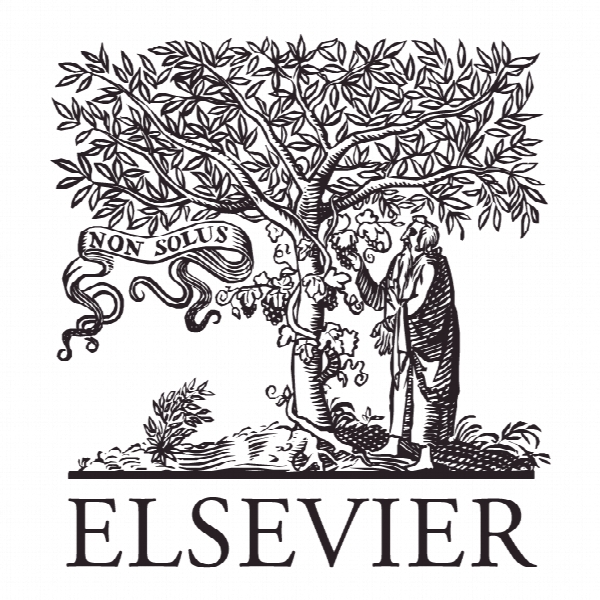برای حرکت یا صبر کردن؟ همه چیزهایی که باید درباره ساخت اولین پیشنهاد بدانید To move or to wait? Everything you need to know about making the first offer
- نوع فایل : کتاب
- زبان : انگلیسی
- ناشر : Elsevier
- چاپ و سال / کشور: 2017
توضیحات
رشته های مرتبط مدیریت و مهندسی فناوری اطلاعات
مجله افق های تجارت – Business Horizons
دانشگاه جان هاپکینز، امریکا
نشریه نشریه الزویر
مجله افق های تجارت – Business Horizons
دانشگاه جان هاپکینز، امریکا
نشریه نشریه الزویر
Description
1. Anchors aweigh! Picture yourself negotiating. Should you make the first offer? Common sense, common wisdom, and many corners of the internet say no (e.g., Dell & Boswell, 2009; McCormack, 1984). Before opening your trap, they caution, see what the other side says. That way, you might get a great deal or at least avoid a bad one. Well, if that’s what common sense, common wisdom, and the internetsuggest, I’m sorry to say they serve you poorly. Despite correctly identifying an intuitively appealing argument in favor of moving second (i.e., the idea that we might learn something), they miss a very important risk: that we easily could get anchored. The best way to introduce the concept of anchoring is to detail how I demonstrate it in the classroom. ‘‘I’m going to ask you a series of questions,’’ I tell my students. ‘‘Please record your answers.’’ I then ask the following questions, pausing after each to let people write: 1. What are the last four digits of your cell phone number? 1. What are the last four digits of your cell phone number? 2. Compared to that number, are there more or fewer medical doctors in the city of New York? 3. How many medical doctors are there in the city of New York? ‘‘Now, whose phone number starts with a 1 or 2?’’ I ask. A few hands go up. ‘‘And how many doctors are there in New York?’’ On the board, I record their answers, which typically fall in the 5,000—7,000 range. ‘‘And whose phone number starts with an 8 or 9?’’ I ask, then repeat the doctor question. Again, I record their answers, but New York now has more like 20,000—30,000 doctors. This is the robust psychological bias known as anchoring: using whatever number we have onhand, however relevant, to make an ambiguous judgment (Tversky & Kahneman, 1974). Nobody really knows how many doctors there are in New York (the figure is uncertain), but the students use their phone numbers because I lead them to. And that’s what the person who makes the first offer in a negotiation does: leads the other person to fixate on a particular number even when it’s obvious they shouldn’t. Thus, we observe the first-offer effect, in which counteroffers and final offers correlate strongly with the first offer, making first offers among the best predictors of final prices. Put differently, final prices often end up higher when sellers versus buyers go first in negotiations (Benton, Liebling, & Kelley, 1972; Chertkoff & Conley, 1967; Galinsky & Mussweiler, 2001; Gunia, Swaab, Sivanathan, & Galinsky, 2013; Liebert, Smith, & Hill, 1968; Yukl, 1974).


